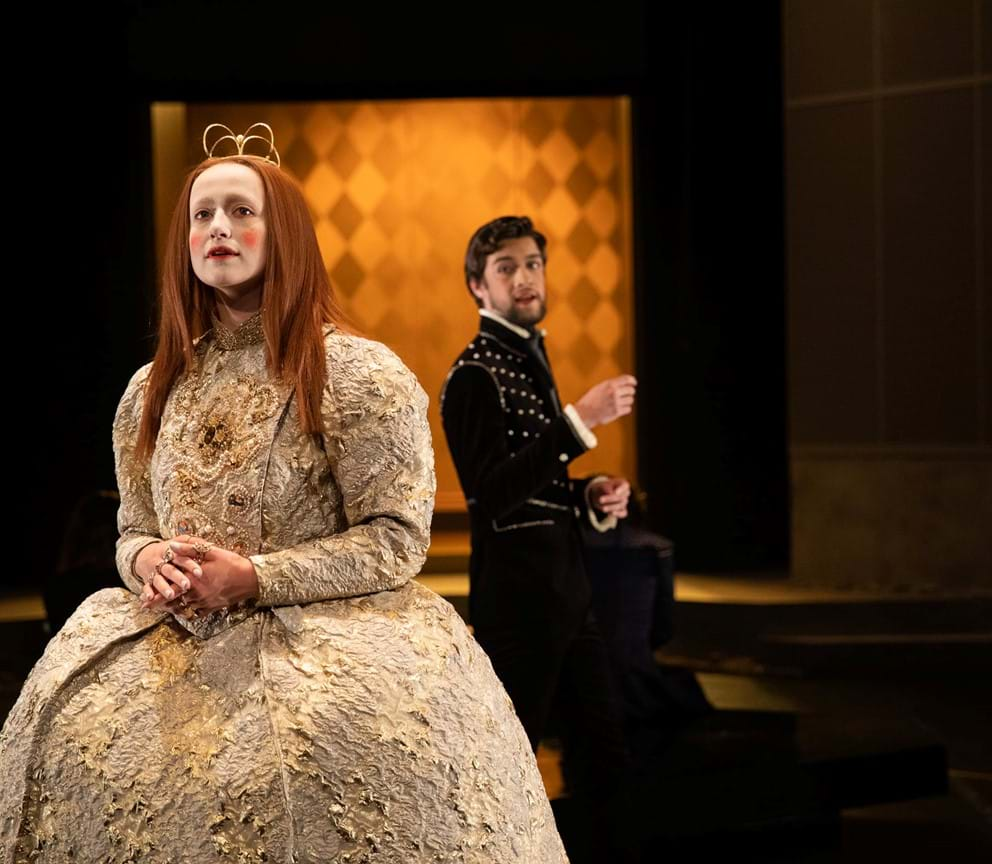- Search
- Admissions
-
Our conservatoriesArt dramatiqueDramatic arts
Conservatoire de musique et d'art dramatique du Québec
Some 80 Years of History

A Network of Conservatories for the Province of Québec
Back in 1942, during wartime, Québec was experiencing a period of political openness and the new Premier of the time, Adélard Godbout, a precursor of the Quiet Revolution, adopted several progressive measures.
Noticing a lack of experienced musicians, the renowned conductor Wilfrid Pelletier decided to use his influence to encourage the creation of a conservatory, supported in his efforts by colleagues who were convinced of the need. Thanks to their insistent efforts, and to the willingness of Adélard Godbout and his team, the Act to establish the Conservatoire de musique et d’art dramatique du Québec was passed, thus endowing Québec with a specialized, secular, and free establishment on an English-language continent, in an era in which the clergy exerted power in almost every sphere of public life. The Conservatoire would take over from the music schools found in convents and colleges, and serve as a mechanism to broaden the reach of Québec art and artists both within the province and beyond its borders.
Important Dates
- 1942: Act to establish the Conservatoire de musique et d’art dramatique du Québec
- 1943: Opening of the Conservatoire de musique de Montréal
- 1944: Opening of the Conservatoire de musique de Québec
- 1954: Opening of the Conservatoire d’art dramatique de Montréal
- 1958: Opening of the Conservatoire d’art dramatique de Québec
- 1961: Creation of the Department of Cultural Affairs, which took the Conservatoire under its responsibility.
- 1964: Opening of the Conservatoire de musique de Trois-Rivières and the Conservatoire de musique de Val-d’Or
- 1967: Opening of the Conservatoire de musique de Gatineau and the Conservatoire de musique de Saguenay
- 1973: Opening of the Conservatoire de musique de Rimouski
- 1988: The signing of an agreement between the Conservatoire and the Université du Québec regarding credit recognition and allowing students from both networks to take courses in an institution of the other network.
- 1989: Ms. Lise Bacon, Deputy Premier of Québec and Minister of Cultural Affairs, determined that the Conservatoire’s mission should be based on three pillars:
- The training offered at the Conservatoire;
- The Conservatoire’s support to other training organizations;
- The Conservatoire’s support to other organizations that are essential to the cultural sector.
- 1994: Review and adoption of the Act respecting the Conservatoire, allowing the Conservatoire to become a legal person and to have a Board of Directors.
- 1994: Restructuring of the programs and pedagogical system of the music conservatories.
- 1999: The Conservatoire becomes an affiliate member of the Association Européenne des Conservatoires, Académies de musique et Musikhocheschulen (AEC)
- 2004: Review and restructuring of the pedagogical system of the dramatic arts conservatories.
- 2006: Adoption of a new version of the Act respecting the Conservatoire de musique et d’art dramatique du Québec
- 2007: First regular meeting of the Conservatoire’s Board of Directors
- 2007: Creation of the Fédération des associations d’élèves du Conservatoire de musique et d’art dramatique du Québec (FAECMADQ) by the student associations of the nine conservatories
- 2008: The Act respecting the Conservatoire de musique et d’art dramatique du Québec allows it to award degrees, diplomas, certificates or other attestations of university studies to which a program of study established and implemented by the Conservatoire with the authorization of the Minister of Education, Recreation and Sports leads.
- 2009: Bachelor’s and Master’s degree programs are offered at the Conservatoire for music students within its network.
- 2009: The Conservatoire’s mission focuses on providing high-calibre professional training to its students.
- 2011: Adoption of the 2011–2016 strategic plan
- 2015: Review of the pedagogical system for the music programs
- 2016: Review of the structure of the external programs offered in partnership with the Conservatoire
- 2016: Updating of the pedagogical system for the Performance and Scenography programs offered in the dramatic arts conservatories.